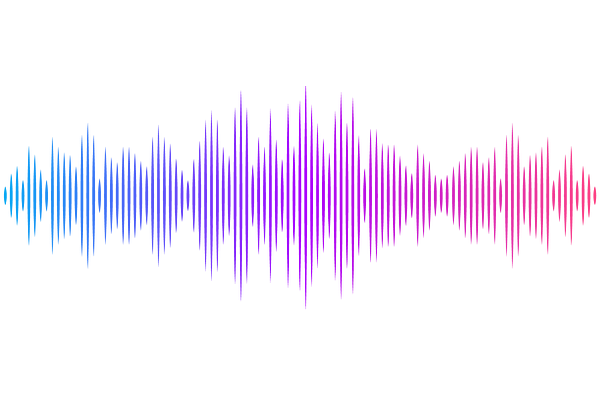Noradrenergic modulation of stress induced catecholamine release: Opposing influence of FG7142 and yohimbine

Noradrenergic modulation of stress induced catecholamine release: Opposing influence of FG7142 and yohimbine
Visocky, V.; Turner, C. J.; Lowrie, M. H.; Alibro, A.; Messanvi, F.; Chudasama, Y.
AbstractIn humans, loss aversion is sensitive to stress, and patients with neurological or psychiatric illnesses are particularly vulnerable to the detrimental effects of stress that lead to suboptimal life-altering choices. The basolateral amygdala (BLA) and nucleus accumbens (NAc) are stress sensitive brain areas that alter extracellular levels of norepinephrine (NE) and dopamine (DA), respectively. However, the dynamics of neurotransmitter release in these brain regions during stress has not been systematically explored. We used pharmacology and fiber photometric analysis to elucidate the impact of stress, DA and NE on brain activity during decision making behavior. Long-Evans rats were trained on an operant touchscreen decision-making task in which they chose between a safe stimulus that delivered a certain 50ul sucrose, or a risky stimulus that delivered either a loss (10ul sucrose 75% of the time) or win (170ul sucrose 25% of the time). Stress, induced by an inverse GABAA agonist, FG7142, biased rats decisions towards safety due to increased loss sensitivity. The aversion to loss was blocked with co-treatment of the alpha 2A receptor antagonist, yohimbine. We also captured the rapid dynamic properties of stress induced changes in NE and DA release in the BLA and NAc, respectively. We discovered that these dynamics could be modulated with systemic injections of yohimbine by altering stress induced catecholamine release to optimize decision strategy and motivational state.